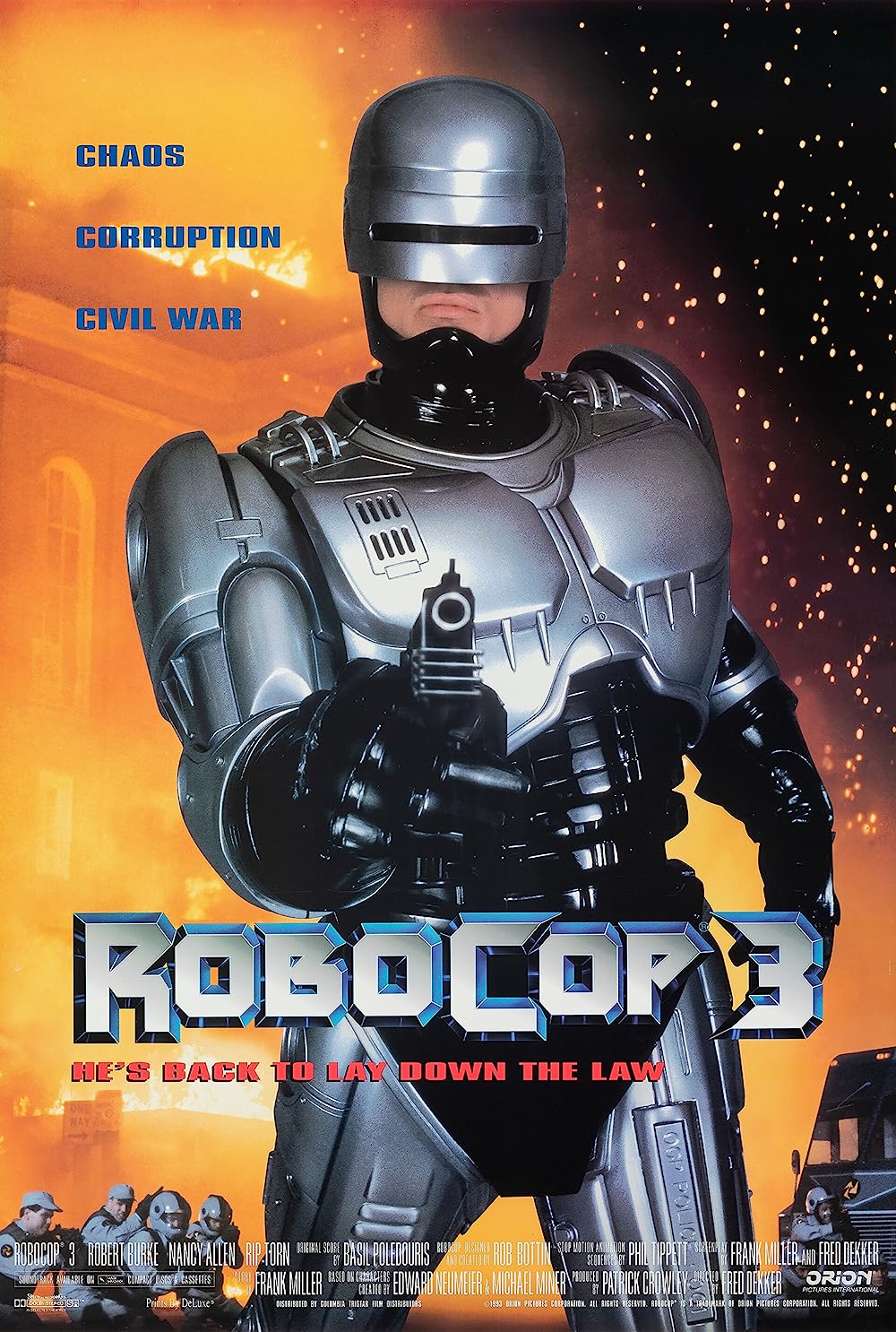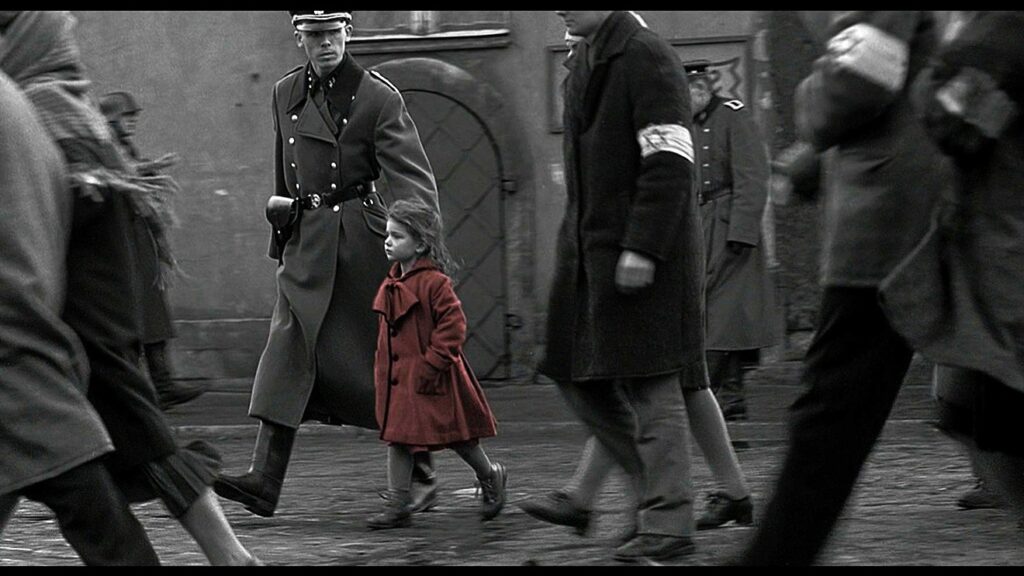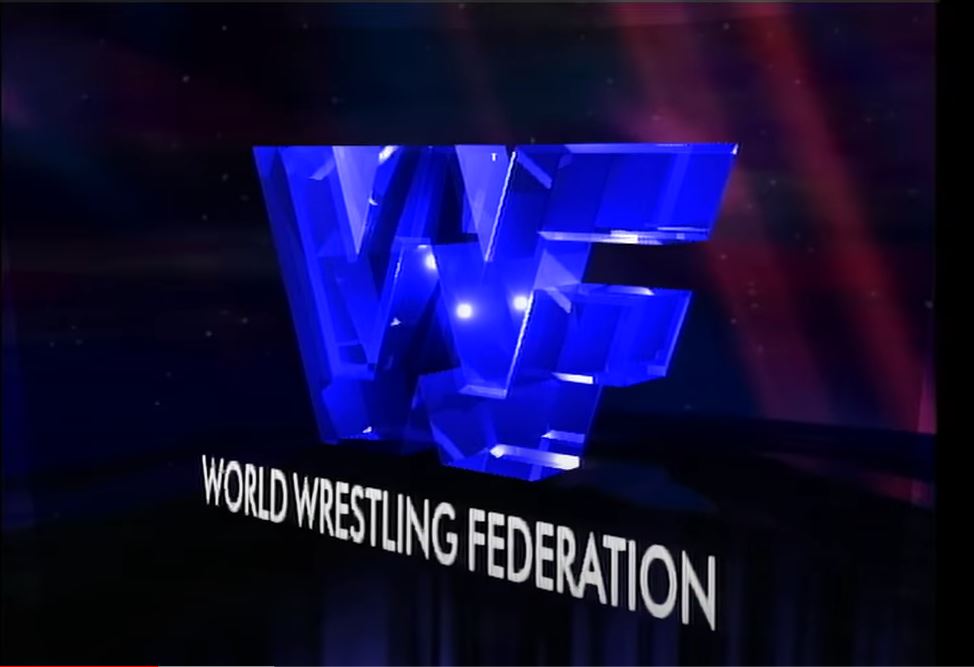“RoboCop 3”: A Faltering Sequel in a Franchise Losing Steam – Film Review

Released in 1993, “RoboCop 3” sought to continue the story of its iconic titular character, a cyborg law enforcer battling crime and corruption in a dystopian Detroit. Despite attempts to capitalize on the success of its predecessors, the film failed to resonate with critics and audiences alike, marking a notable decline in the franchise’s critical and commercial performance. Directed by Fred Dekker and absent the original star, Peter Weller, the film grapples with a disjointed narrative and a shift in tone that contributed to its lackluster reception.
Struggling to Recapture the Magic
“RoboCop 3” picks up with the city of Detroit still under the thumb of the corrupt Omni Consumer Products (OCP), which is now trying to force residents out of their homes to pave the way for a new, utopian city project. RoboCop, played by Robert John Burke, steps in to fight against OCP and assist a resistance group. The plot aims to mix high-stakes action with socio-political commentary but ultimately fails to deliver the depth or intensity that made the original film a hit.
Behind the Scenes: Shifting Dynamics
The departure of Peter Weller, who portrayed RoboCop in the first two films, marked a significant challenge. Robert John Burke stepped into the role, facing the daunting task of filling Weller’s shoes while bringing his own interpretation to the character. The change in lead actors was just one of several alterations that signaled a new direction for the franchise, one less focused on the gritty, visceral appeal of the original.
Director Fred Dekker, who co-wrote the screenplay with Frank Miller, envisioned “RoboCop 3” as a film that would be more accessible to a wider audience, including younger viewers. This approach led to a toning down of the series’ characteristic violence and a shift towards a more conventional action-adventure style, which did not sit well with fans of the darker, more satirical first film.
Production Challenges and Creative Decisions
The production of “RoboCop 3” faced numerous hurdles, including budget constraints that limited the scope of action sequences and special effects. The film’s attempt to include more dynamic set pieces, such as a jetpack flight scene featuring RoboCop, was ambitious but ultimately fell short of providing the thrilling spectacle intended. Moreover, the special effects, while adequate, did not significantly advance beyond those seen in the previous films, making the third installment feel dated rather than innovative.
The screenplay also underwent several revisions in an attempt to balance the action with human drama and humor. However, these elements often clashed rather than cohered, leading to a narrative that felt uneven and at times, confusing. The inclusion of numerous new characters and subplots contributed to the film’s lackluster pacing and underdeveloped story arcs.
Soundtrack and Score
The musical score, composed by Basil Poledouris, who returned from the first film, provided one of the few consistent threads connecting “RoboCop 3” with its predecessors. Poledouris’s compositions aimed to blend electronic and orchestral elements to reflect RoboCop’s hybrid nature, but the score was often overshadowed by the film’s broader issues and failed to stand out as a highlight in the way it had in the original.
Reception and Legacy
Upon its release, “RoboCop 3” was met with negative reviews from critics who lamented the film’s failure to live up to the standards set by the original. The criticism focused on the diluted intensity and lack of sharp social commentary that had defined “RoboCop” as a standout work of science fiction. The film’s box office performance was also disappointing, reflecting the diminishing returns of a franchise struggling to retain its relevance.
“RoboCop 3’s” struggle to find a balance between new creative directions and the elements that made the original film a success serves as a cautionary tale in franchise filmmaking. Its reception highlights the challenges of maintaining quality and innovation in sequels, especially when significant changes in cast and creative direction are involved.
In further analysis, the next part of the review will delve deeper into specific scenes that illustrate the film’s shortcomings, explore the critical responses in more detail, and discuss the long-term impact of “RoboCop 3” on the franchise’s legacy.




